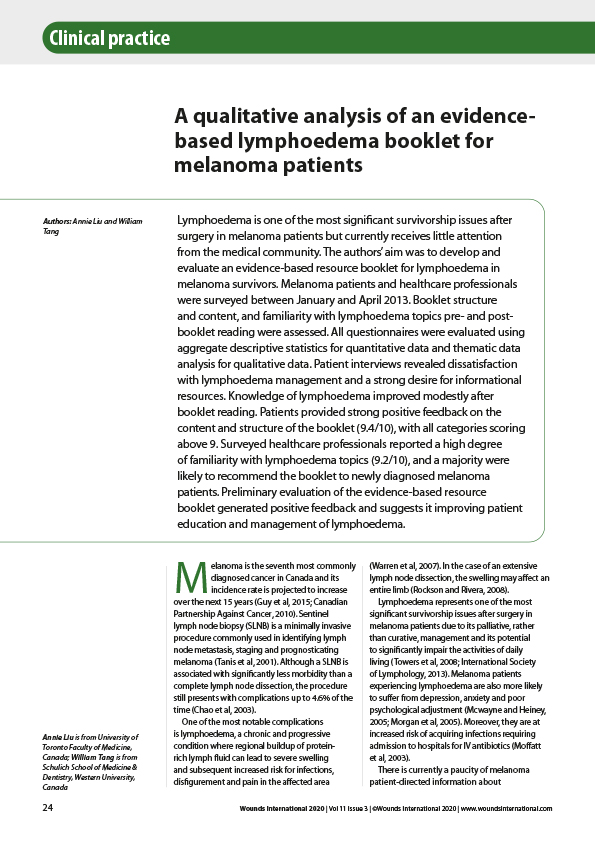Despite advances in our medical and surgical treatment modalities, and earlier detection, breast cancer surgery and/or radiotherapy remain the most common causes of secondary lymphoedema. Lymphoedema in the same arm that was exposed to the surgery/radiotherapy is referred to as breast cancer-related lymphoedema (BCRL). To date, the link between transiently compressing the at-risk arm and the subsequent development of BCRL has not been properly assessed. Breast cancer patients are currently given lists of behaviours and interventions to avoid, among which are potentially beneficial operative treatments, such as carpal tunnel, release and other procedures such as venepuncture and blood pressure measurement. With respect to the latter, the best available evidence fails to show any association between blood pressure measurement on the at-risk arm and the development of BCRL. The current practice of ‘better safe than sorry’ is not supported. Further research is required to confirm the lack of association between transient arm compression in the arm-at-risk and BCRL in breast cancer patients.


